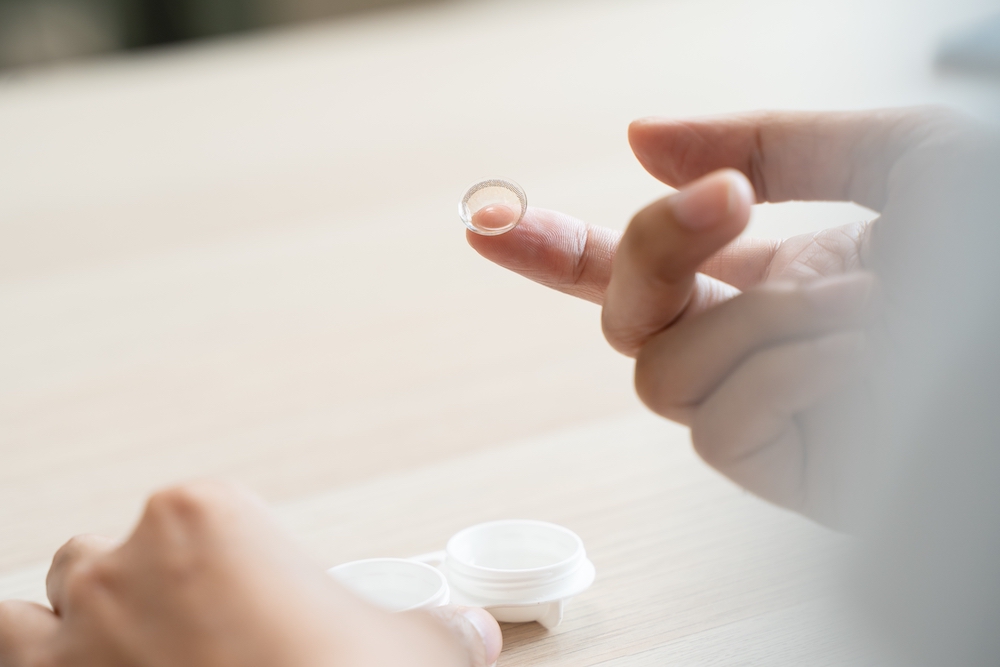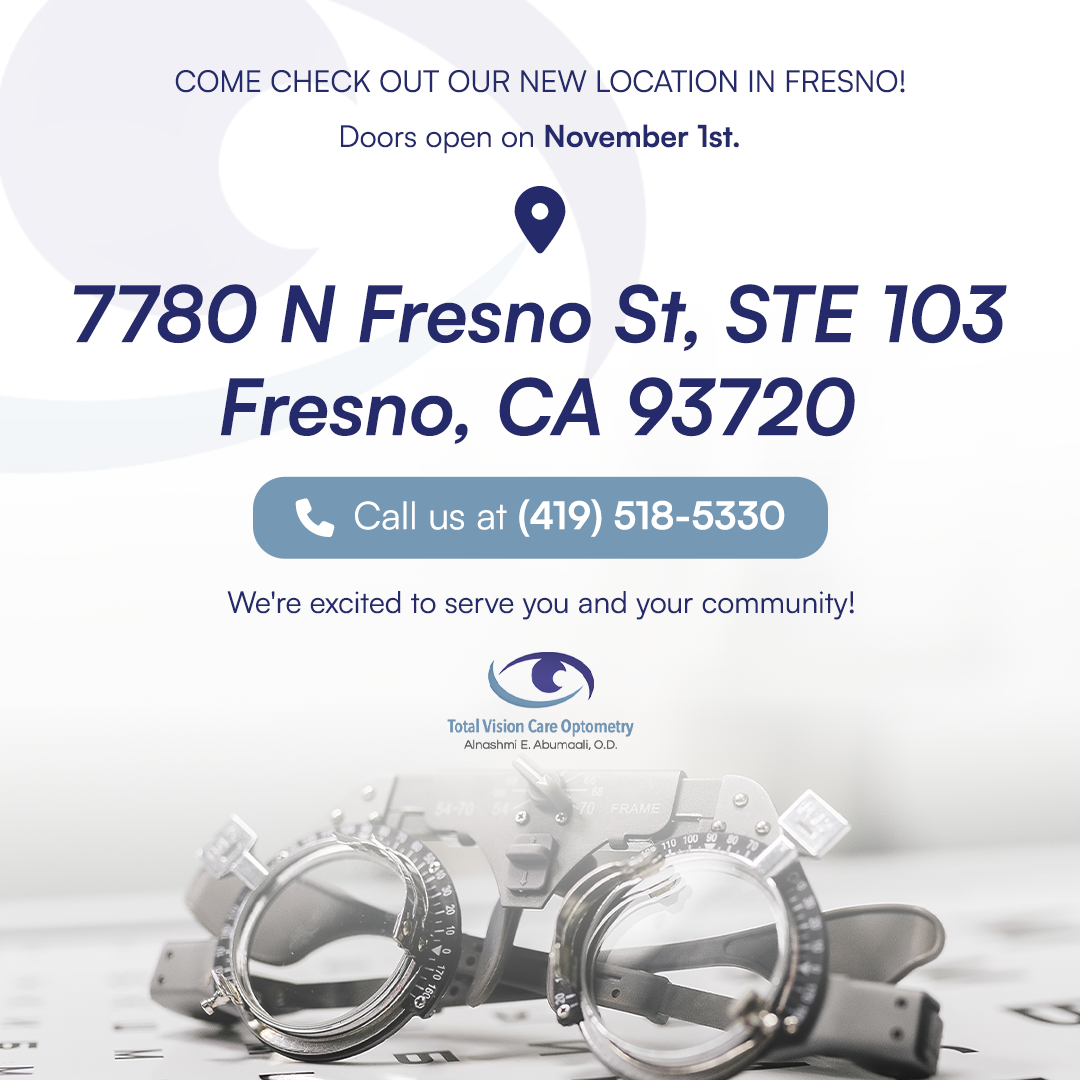
Getting contact lenses is not as simple as just picking out a pair of glasses. Contact lenses are medical devices that require a prescription. A contact lens exam is a crucial step in ensuring that the lenses will fit properly and comfortably, and that they will provide clear vision.
The Importance of a Comprehensive Eye Exam
A contact lens exam begins with a comprehensive eye exam. This is not just about checking your visual acuity but also about identifying any potential eye diseases or conditions.
During a comprehensive eye exam, the optometrist will evaluate your eye health, assess your need for contact lenses, and check for conditions like glaucoma, cataracts, and macular degeneration. A comprehensive eye exam forms the foundation of a contact lens exam, as it provides the initial information needed to determine the type and fit of your contact lenses.
A Discussion About Lifestyle and Preferences
The discussion about lifestyle and preferences is a critical part of the contact lens exam. This is where your optometrist gets to know you better and understand your needs. They will ask questions about your daily activities, work environment, and any specific vision needs you have. For instance, if you work on a computer all day, certain types of contact lenses may be more comfortable for you.
Your optometrist will also inquire about your preferences regarding contact lens wear. Do you prefer daily disposable lenses that you can throw away at the end of the day? Or are you more comfortable with monthly lenses that require cleaning and disinfection? Your answers to these questions will help your optometrist suggest the best type of contact lenses for you.
The discussion about lifestyle and preferences also provides an opportunity for you to ask any questions you might have about wearing contact lenses. It's important to voice any concerns or apprehensions you might have at this stage, as it will help your optometrist address them appropriately and ensure your comfort throughout the process.
Conduction of Eye Surface Measurements
Eye surface measurements are a critical part of the contact lens exam. They provide the necessary information for the proper fitting of your contact lenses. The measurements of your cornea, pupil, and iris ensure that the contact lenses will fit properly and comfortably on your eyes.
The measurement process involves using a keratometer, a device that measures the curvature of your cornea. The measurements are taken painlessly and quickly. In some cases, a more advanced device called a corneal topographer might be used for a more detailed evaluation of the corneal surface.
The accurate measurements of your eye surface are crucial in determining the right fit for your contact lenses. A poor fit can lead to discomfort and potential eye health issues, so it's important that these measurements are done accurately and meticulously.
What is Tear Film Evaluation?
Tear film evaluation is another important part of a contact lens exam. It assesses the quality and quantity of your tears. You might wonder why this is important. Well, adequate tear production is essential for the comfort and health of your eyes when wearing contact lenses.
During a tear film evaluation, your optometrist will use a special dye and slit lamp microscope to examine your tears. If your eyes are dry, certain types of contact lenses may not be suitable for you. On the other hand, if you have good tear production, you may have a wider range of contact lens options.
Understanding your tear film is vital in ensuring your comfort and eye health while wearing contact lenses. It helps your optometrist recommend the best type of contact lenses for you, and it can also uncover any underlying dry eye conditions that need to be addressed.
The Process of Contact Lens Fitting
After all the measurements and evaluations, the next step in a contact lens exam is the contact lens fitting. This process involves your optometrist selecting a trial pair of contact lenses based on the information gathered during the exam. You'll be taught how to put on and remove the contact lenses, as well as how to care for them.
During the contact lens fitting, your optometrist will assess how the lenses fit on your eyes and how well you can see with them. They will check the lenses for proper alignment, and movement on your eyes. Adjustments may be made based on these observations to ensure you get the best fit and vision possible.
The contact lens fitting is a crucial part of the contact lens exam. It's not enough to just have the correct prescription; the contact lenses also need to fit properly on your eyes for them to be comfortable and effective.
The Importance of a Test Run
After the fitting, you'll be asked to wear the trial lenses for a week or so. This allows you to experience how the lenses feel on your eyes on a daily basis and in different situations, such as at work or while playing sports.
During the test run, it's important to pay attention to how your eyes feel. Are the lenses comfortable? Do they stay in place? Do they provide clear vision throughout the day? If you experience discomfort, dryness, or any other issues, it's important to report these to your optometrist.
The test run is essential as it provides real-world feedback on the performance of the contact lenses. This feedback is used to make any necessary adjustments to your prescription or lens type, ensuring you end up with the best possible contact lenses for your needs.
Take the First Step to Clear Vision Today
A contact lens exam is a comprehensive process that ensures the health of your eyes and the proper fit of your contact lenses. From the initial discussion about lifestyle and preferences to the final test run, each step is designed to provide you with the best possible vision and comfort.
If you are tired of wearing glasses, consider scheduling a contact lens exam at Total Vision Care Optometry at our office in Chowchilla, California. We provide a total experience that demonstrates our concern for your personal and visual welfare in a highly professional setting. Please call or text (559) 665-0656 to book an appointment today.








